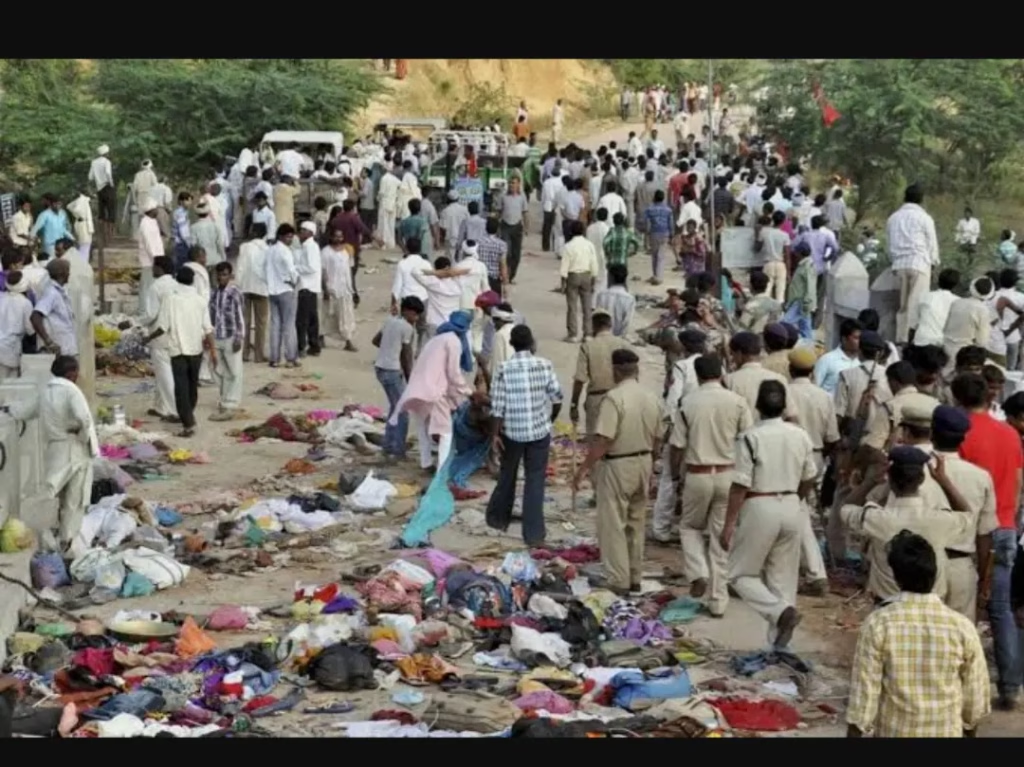Tragedy struck in the western coastal state of Goa, India, where a stampede at a Hindu temple resulted in the loss of at least six lives and left 55 people injured. The incident occurred on Friday night during the annual Shri Lairai Zatra festival in Shirgao village, a popular event known for its fire-walking ceremonies. Hundreds of devout Hindus had gathered at the temple to witness a religious ceremony, which ultimately led to the devastating stampede.
According to the police, the frenzy caused by the rituals triggered the stampede, as devotees rushed to participate in the ceremony. V.S. Chadonkar, a police officer in Goa’s state capital Panjim, confirmed that six people lost their lives and at least eight were critically injured in the chaos. The police revealed the details of the incident on Saturday, shedding light on the tragic events that unfolded at the temple.
The Shri Lairai Zatra festival is a significant event in the region, attracting large crowds of devotees who gather to participate in the rituals and ceremonies. However, the incident highlights the risks associated with large religious gatherings in India, where huge crowds often congregate in tight spaces, sometimes ignoring safety protocols. Stampede incidents during such events are not uncommon in the country, and the latest tragedy in Goa serves as a stark reminder of the need for effective crowd management and safety measures.
As the investigation into the incident continues, the authorities are likely to review the safety arrangements in place at the temple and the festival grounds. The tragedy has sent shockwaves through the community, and the injured are receiving medical attention at local hospitals. The incident is a somber reminder of the importance of prioritizing safety and crowd control during large public gatherings, particularly in densely populated areas.
The international community is likely to take note of this tragic incident, which underscores the challenges of managing large crowds in religious and cultural events. As the world becomes increasingly interconnected, such incidents serve as a reminder of the need for cooperation and knowledge-sharing in ensuring public safety and preventing similar tragedies in the future. For now, the focus remains on providing support to the affected families and ensuring that those injured receive the necessary medical attention.
